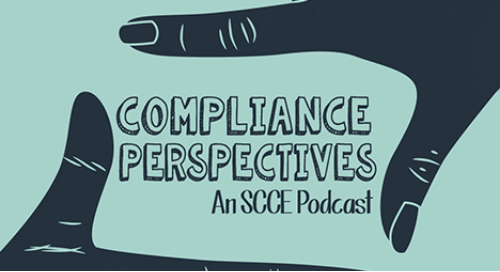Culture permeates an organization in countless ways, but leadership plays a heightened role in driving that culture. In fact, accountability at the top driven through the middle has never been more crucial when it comes to training strategy translating into corporate behavior.
In this Compliance Perspectives podcast, LRN’s Dr. Marsha Ershaghi Hames sits down with Adam Turteltaub, SCCE’s vice president of member development. The conversation makes clear not only the importance of the role of leaders in shaping and contextualizing training strategies, but also of the following:
- Taking the time to understand your audience,
- Thinking about core priorities in terms of risks and themes,
- Designing a curriculum based on your desired behavior outcomes, and
- Establishing a regular training cadence to promote retention.
GRC (governance, risk and compliance) learning strategies today need to deliver “the right content at the right time in a manner that is relevant to that audience,” Marsha explained. “Employees will be more likely to retain the learning because it is relevant to them and when given time to practice, experience real-life situations and reflect.”
Marsha emphasized middle management’s influence in affecting behavioral change. “Getting their buy-in and alignment is a critical success factor,” she said. “If leaders turn a blind eye to certain behavior, that trust gap becomes an issue. Leaders play a prominent role in modeling the right behavior, amplifying how their decisions align with company values, and leveraging their values to take a stand.”
To support her points, Marsha points to research by Dr. Albert Bandura, a Stanford University social scientist and social learning theorist who conducted several studies on peer-to-peer learning and observational learning. “His hallmarks of behavior change are raising and garnering attention, promoting retention and reproduction, and then motivation,” she pointed out.
“I’ve witnessed, in my near two decades in the industry, how middle managers are really the individuals with the greatest influence,” she added. “They can rally and be ambassadors, garnering the right awareness, and then connect the retention and reproduction, articulating what needs to get done and how we are going to do it.”
Click here to listen.



